Yuliang and Zanhua moved to Shanghai, which was just becoming known as ‘the Paris of the East’. Their next door neighbour was Hong Ye, a teacher at Shanghai Art Institute, one of the most avant-garde art schools in China.
Hong Ye taught Yuliang drawing and painting, encouraging her to apply for a place at the Institute. She passed the exams in 1918, entering the Shanghai Art School as the first female student. Here she began to study Western art.
The Chinese authorities did not take kindly to the approach taken by the Shanghai Art School. Its Headmaster, Liu Haisu, was constantly being threatened as he refused to comply with traditional Chinese values.
It was impossible for a woman to be recognised as an artist. As for actually depicting the nude female body, this was absolutely forbidden. To skirt around these limitations, Pan Yuliang frequented the bath houses where she sketched the naked women.
It would be many years before her artistic achievements would be acknowledged by the Chinese government. For most of her career she was seen as depraved and corrupt.


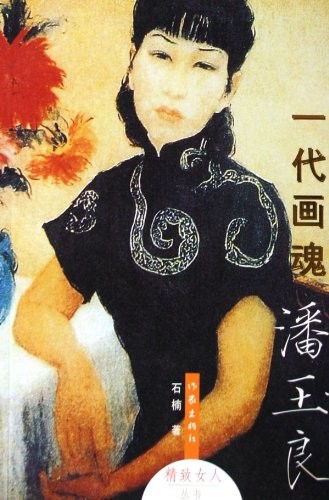
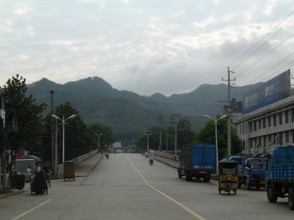


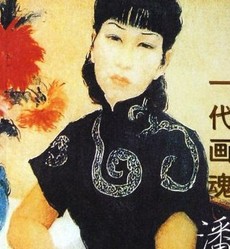

 How to Choose a Walking Cane or Stickon 08/01/2014
How to Choose a Walking Cane or Stickon 08/01/2014
 Michael Miller Fabulous Fabric Swatches for Quilting, Crafts etcon 07/02/2014
Michael Miller Fabulous Fabric Swatches for Quilting, Crafts etcon 07/02/2014
 The Drama of Life in the Rock Poolon 06/08/2014
The Drama of Life in the Rock Poolon 06/08/2014
 The Flâneur - Symbol of Modernity in 19th Century Parison 05/09/2014
The Flâneur - Symbol of Modernity in 19th Century Parison 05/09/2014

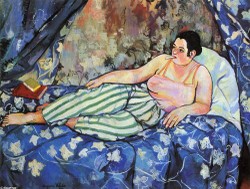
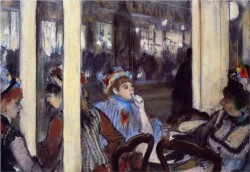
Comments
Hello Sara, I am so sorry you are disappointed with my article. Thank you for your comments, and I do hope you will let me know when the study is published so that I can improve on my article. I appreciate your response.
I am sorry to see yet another iteration of the fictional tale of Pan Yuliang. Most details and dates in this blog are inaccurate, not because of any intention on the writer's part to deceive but because this story simply replicates the hundreds of thousands of online tales about Pan Yuliang that have appeared since the advent of the Internet. All based on a 1983 novel by a Chinese writer who made the story up. Yuliang was indeed an amazing woman to achieve what she did, but her true story is far more fascinating than the degrading fiction that continues to be spread about her. Look for a serious researched study to be published about her soon.
EmmaSRose - Thank you for your lovely comments. I agree with everything you say about Pan Yuliang. I feel such love and admiration for her - she suffered on every count but despite her loneliness she was true to herself. Your friend is so right - perhaps some of the greatest artists live in the 'real' essence of the world whilst we are all stumbling about trying to cope instead of being like Pan Yuliang and following our deepest desires.